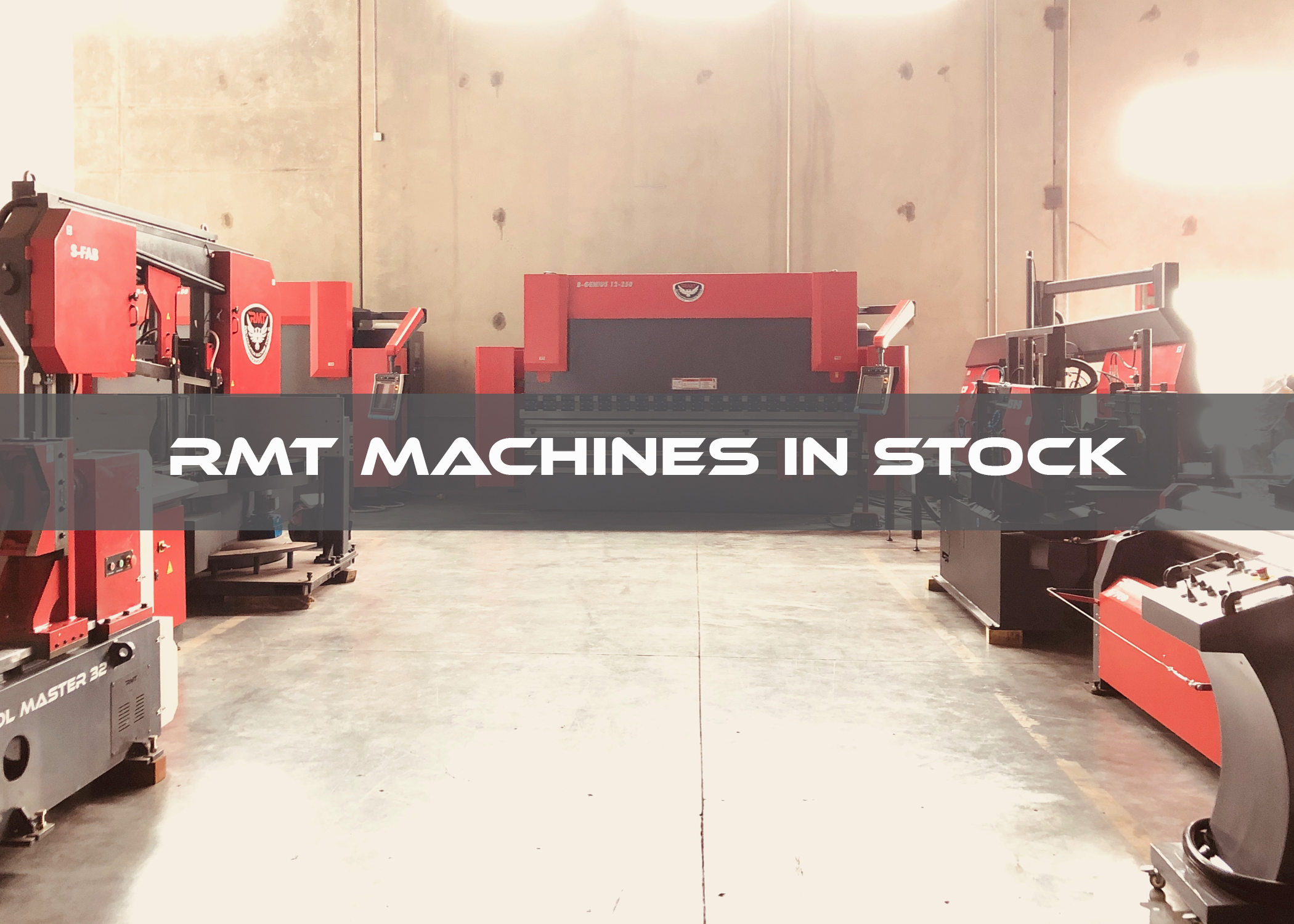Serious Fabricators Buy Revolution Machine Tools
If you’re a serious fabricator, there are several compelling reasons to consider Revolution Machine Tools™ (RMT) as your partner in metal fabrication. Here are some of the things that set them apart from other providers:
RMT Machines in Stock—December 2025
Revolution Machine Tools (RMT for short) is known for creating custom machines to match their customers’ most exacting specifications, but they also know that sometimes you just need a machine now to keep production flowing. That’s why they keep a selection of their metal fabrication machine inventory in stock at their US headquarters, ready to ship out at a moment’s notice.
Should a Fabricator Focus on a Career Path?
In the world of skilled trades, metal fabrication stands as one of the most versatile and rewarding fields. From welding and machining to sheet metal work and advanced manufacturing, fabricators shape the physical foundation of industries ranging from construction to aerospace. Yet, as broad and exciting as fabrication can be, it is also a field where direction and intentional growth matter deeply. Without a clear career path, many fabricators risk limiting their opportunities, underestimating their value, or plateauing in skills and income. Focusing on a career is not only about personal ambition—it’s about building long-term stability, credibility, and pride in one’s craft.





